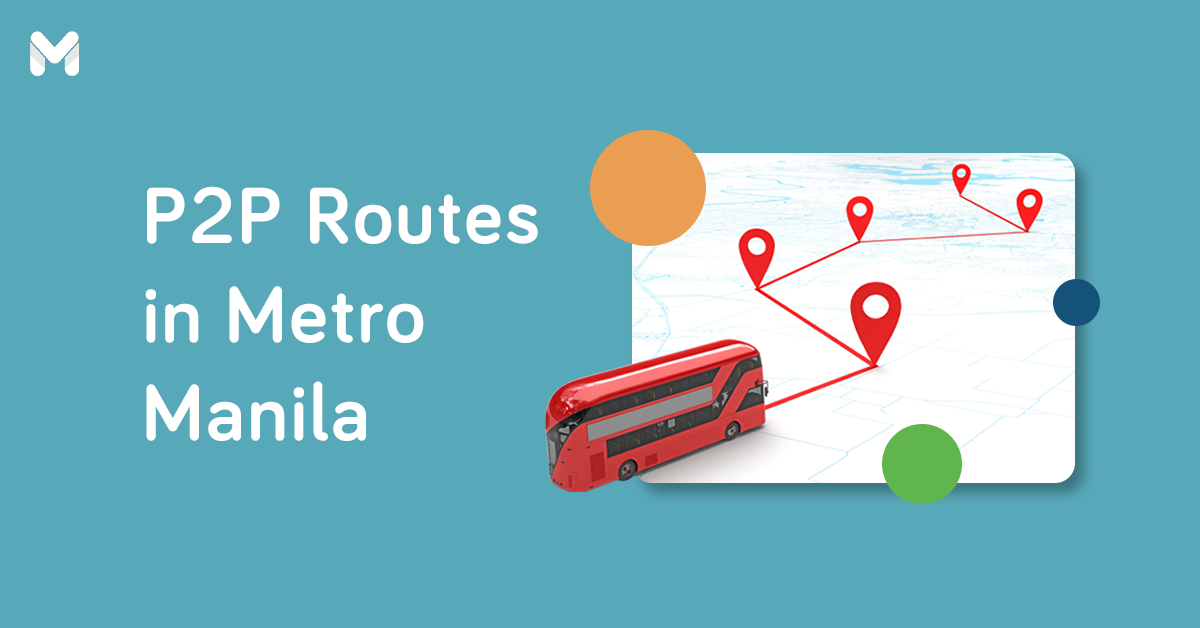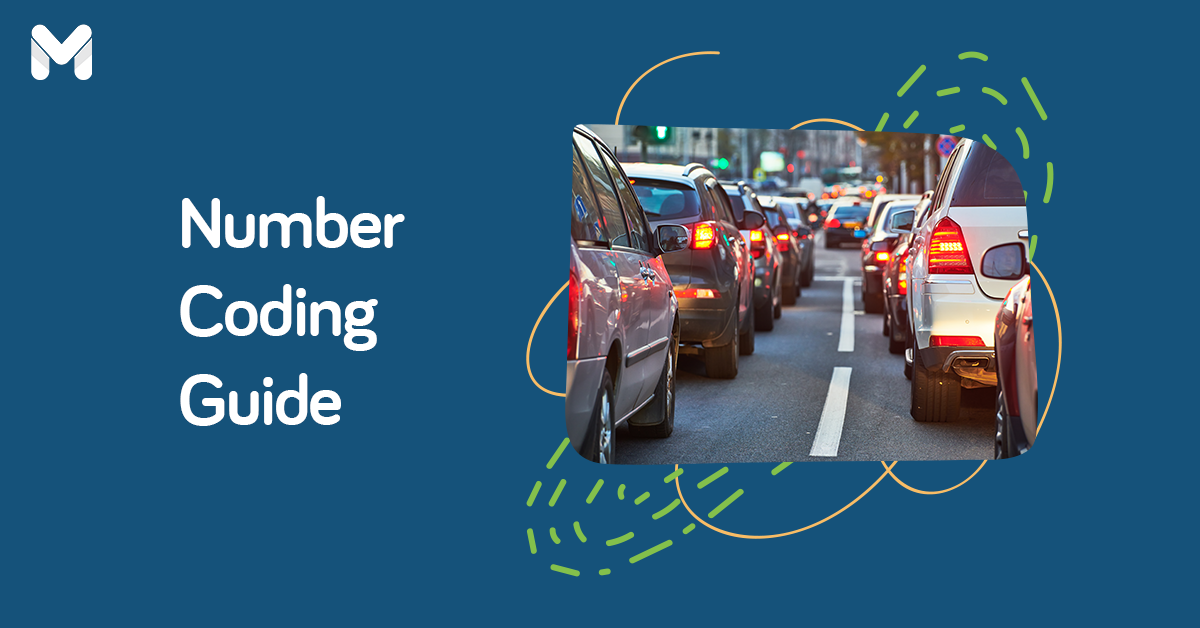Driving isn't more fun in the Philippines for motorists who battle it out on EDSA every day.
The Philippines is the worst country to be a driver, ranking at the bottom of the Waze's latest Driver Satisfaction Index.
Metro Manila, in particular, is sorely lacking in urban planning and development. The government's band-aid traffic solutions, such as the number coding scheme and the driver-only vehicle ban on EDSA, aren't of much help. Also, several driving laws need to be updated to address road safety issues in the Philippines.
To its credit, the government has been fast-tracking major infrastructure projects like new roads under the Build Build Build program. We also need more sustainable solutions to the country's traffic problems.
Let's take a look at some traffic solutions implemented by other countries.
1. Scramble Crossings

Countries that implement this road rule: Australia, Canada, England, Japan, the Netherlands, New Zealand, Singapore, Taiwan, U.S., etc.
Crossing in busy intersections in the Philippines (except those with overpasses or underpasses) is like playing patintero with death. But in other countries, pedestrians can rest easy knowing that no car will hit them while crossing the street, thanks to scramble crossings.
How Scramble Crossings Work
A scramble crossing keeps pedestrians safe by temporarily shutting down all traffic to vehicles for 15 seconds, allowing people to cross the intersection from all corners to any direction, even diagonally. It goes by different names, including pedestrian scramble, X crossing, exclusive pedestrian interval, scramble crosswalk, and Barnes Dance.
Apart from saving lives, road rules like pedestrian scramble also save pedestrians' time. In an intersection, for instance, if you have to cross diagonally, you'll have to do it just once instead of twice in a scramble crossing.
Case Study #1: Tokyo's Shibuya Crossing
Japan has over 300 scramble crossings across the country, with the Shibuya Crossing as the most iconic. Every traffic cycle, around 3,000 pedestrians cross the busy intersection.
Pedestrian scrambles have contributed to Tokyo's low traffic death rate of only 1.3 per 100,000 population (0.0013%), based on World Resources Institute data.
Case Study #2: LA's Hollywood and Highland Intersection

The intersection at Hollywood Boulevard and Highland Avenue in Los Angeles, California transformed from being notoriously dangerous to pedestrian-friendly.
Before its scramble crossing started in 2015, pedestrian accidents in the bustling intersection had averaged at 13 every year. But within six months since its implementation, no crash had been reported.
2. Bike Boxes at Traffic Lights

Countries that implement this road rule: Belgium, Canada, Denmark, England, Ireland, Taiwan, U.S., etc.
Motorcycles hogging pedestrian lanes, gutters, and every space between cars is a common sight at traffic lights on Metro Manila roads. Such a scenario is dangerous for cyclists, motorists, and pedestrians.
How about having a dedicated spot just for two-wheelers on the road?
How Bike Boxes Work
Bike boxes (also called advanced stop lines or advanced stop boxes) are special road markings at traffic lights that separate motorcycles, scooters, and bicycles from other vehicles.
Generally, bike boxes consist of the following:
- A stop line for two-wheelers in front of cars
- Another stop line for bigger vehicles
- A cyclists-only waiting area located between the two stop lines
- A lane that lets cyclists get past the waiting cars and enter their waiting area
By providing a safe and visible area for two-wheelers, bike boxes protect everyone on the road. No car mirrors and bodies get damaged, no motorbikes get dragged by bigger vehicles, and no pedestrians are harmed.
Read More:
Case Study: Taipei's Motorcycle Boxes
Taipei—where motorcycles are the preferred transport mode—has been implementing motorcycle-specific traffic management policies since the 1980s. As a result, the city has seen traffic fatality drops[1] every year.
One of these road rules for two-wheelers is setting up boxes with painted signs[2] reserved just for motorbikes. Because motorbikes typically accelerate faster than cars, buses, and trucks from a stop, bike boxes position two-wheelers ahead of other vehicles to give them a head start when the traffic light turns green. Motorcycles arrive at the next traffic light before other vehicles do. It is one of the most effective traffic solutions in Taipei, especially in business areas.
3. Public Bicycle-Sharing Programs

Countries that implement this system: Australia, Canada, China, Denmark, England, France, Singapore, Spain, U.S., etc.
Over 1,000 public cycling systems operate in over 50 countries worldwide. In the Philippines, there are various bike-sharing initiatives such as the MMDA's 1-kilometer bicycle lane along EDSA (from Magallanes to Ayala Ave) and the UP Bike Share within the University of the Philippines' Diliman campus.
But on a nationwide or a citywide scale, nothing is implemented yet. While certain bills have been filed in the Congress to promote bike sharing in the Philippines, none has been passed into law.
How Bicycle-Sharing Programs Work
Bike-sharing systems set up bicycle stations where commuters can rent a bike and return it at the same or another station. Because the bikes are used only when needed, it's a more cost-effective way to enjoy the benefits of cycling than owning a bicycle.
Bicycle sharing offers plenty of advantages such as less traffic congestion, fuel savings, reduced air pollution, improved health, and more flexible transport.
Case Study: Hangzhou's Public Bike-Sharing Program
The world's largest and best public bike-sharing program is in Hangzhou, China. The Chinese city is home to around 70,000 bikes spread across 3,000 stations.
Its popularity comes from the system's convenience. Bike rental payments are made using a smart card (similar to the Beep card) that can also be used for other kinds of public transport.
The program has been successful that the local government has invested money (equivalent to PHP 1.3 billion) for its expansion. By 2020, about 175,000 bikes will operate around Hangzhou.
Final Thoughts
The Philippines may not be as developed and technologically advanced as the countries featured here. But their best practices for road safety and traffic management can inspire our government to come up with more sustainable road laws and rules rather than short-term traffic solutions.
Road rules—even if they're well-thought-out—will amount to nothing if people don't cooperate. According to the MMDA, its CCTV system captures a monthly average of 70,000 traffic violations. If we can be as disciplined as the citizens of countries that implement good traffic laws, then it isn't so hard to make the Philippines a better place to drive in.











